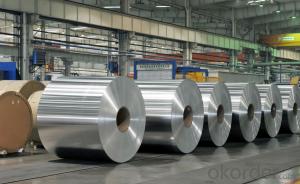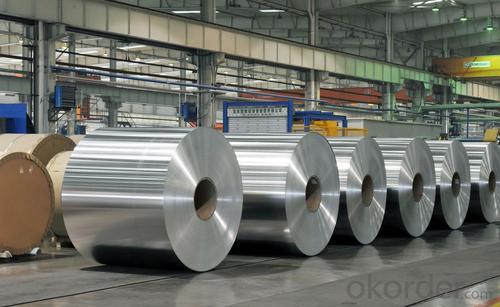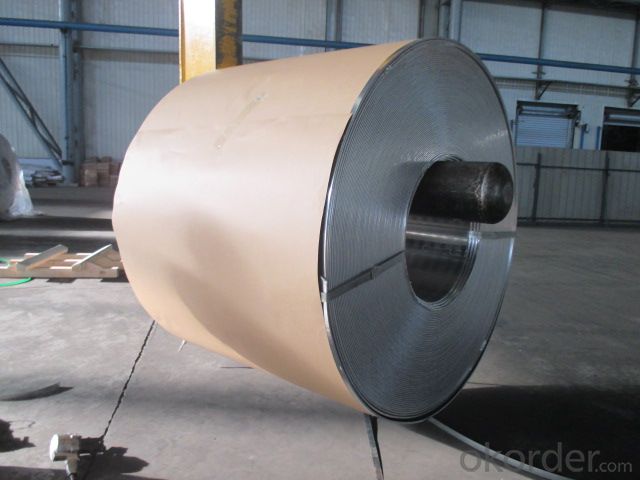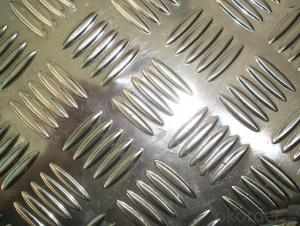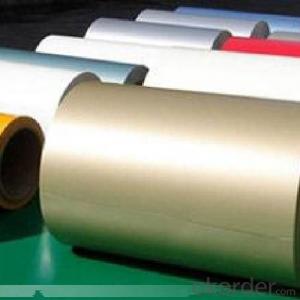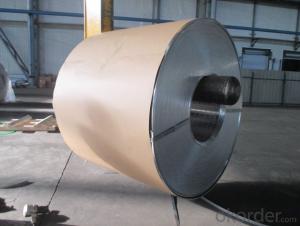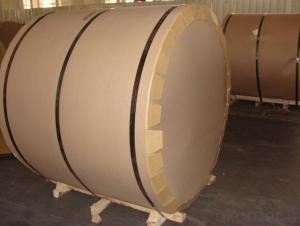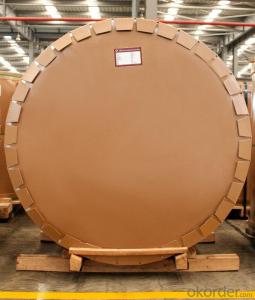Pliable Aluminum Sheets - Steel Rolled Coil SS400 Q345 Q195 Hot Rolled Steel Coil
- Loading Port:
- China main port
- Payment Terms:
- TT OR LC
- Min Order Qty:
- 20 m.t.
- Supply Capability:
- 1000 m.t./month
OKorder Service Pledge
OKorder Financial Service
You Might Also Like
Specification
Product Description:
General Information of Cold Rolled Steel Sheet
The raw material of cold rolled steel sheet is high quality hot rolled product, and after pickling, continuous rolling, degreasing, annealing, skin pass, slitting and cut to length line etc. Along with it many kinds of new technology and new process of global cold rolling production have been applied. Therefore the quality of the goods could be guaranteed. The finished product has a variety of excellent capabilities, such as processing capability and smooth, flat surface. It’s widely used in outdoor and interior decoration, furnishing manufacturing, home appliance, automobile etc.
Specifications of Cold Rolled Steel Sheet
1) Grade: SPCC, SPCD, SPCE, DC01-06, St12, Super deep drawing
2) Standard: JIS G3141-1996, EN 10131-2006, DIN EN 1002
3) Thickness: 0.20mm - 3.0mm
4) Width: 600/1000/1250/1500 (mm) or per customer's request
Package of Cold Rolled Steel Sheet
Strapped with min three strapping strips, covered by anti-water paper and plastic film, fixed on the iron or wooden pallets by strapping strips and covered by plastic bag to prevent damage from transportation.
Applications of Cold Rolled Steel Sheet
1) For the further producing of hot dip galvanized steel products
2) Cold rolled Steel: Auto manufacture, Oil drum, Transformer's tank panel, Furniture etc.



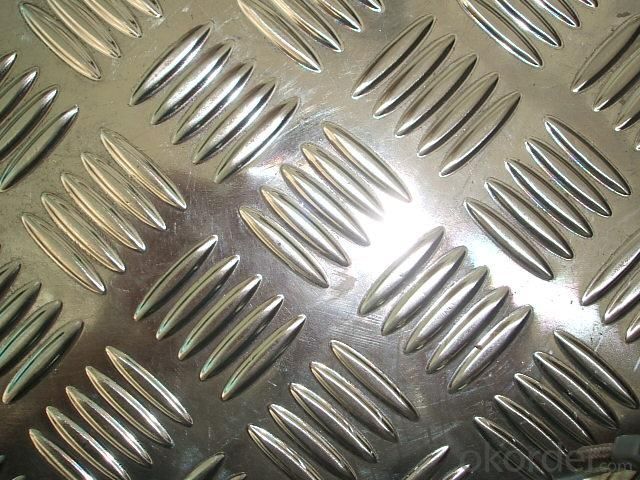
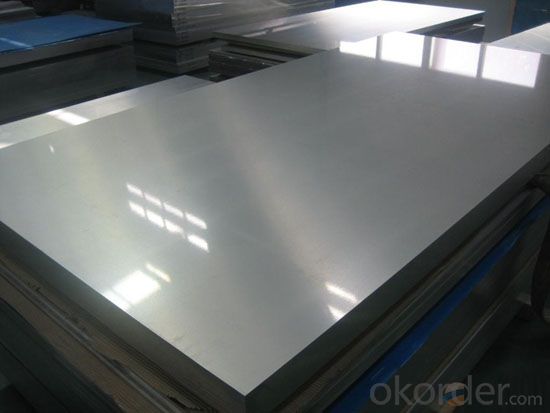
- Q: Do 101 aluminum sheets have any specific anti-corrosion properties?
- Yes, 101 aluminum sheets possess specific anti-corrosion properties. This aluminum alloy contains a small amount of iron and silicon, which enhances its resistance to corrosion. Additionally, the formation of a protective oxide layer on the surface of 101 aluminum sheets provides extra protection against corrosion.
- Q: What are the different types of patterns available for aluminum sheets?
- There are several different types of patterns available for aluminum sheets, including diamond, tread, stucco, and perforated. Each pattern offers unique aesthetic and functional properties, catering to various applications and design preferences.
- Q: What are the different surface treatments available for aluminum sheet?
- There are several different surface treatments available for aluminum sheet, each with its own advantages and purposes. Some of the most common surface treatments for aluminum sheet include anodizing, painting, powder coating, and polishing. Anodizing is an electrochemical process that creates a protective oxide layer on the surface of the aluminum sheet. This treatment not only enhances the corrosion resistance of the metal but also provides an attractive finish. Anodized aluminum can be dyed in various colors, making it a popular choice for architectural and decorative applications. Painting is another popular surface treatment for aluminum sheet. It involves applying a liquid paint coating to the surface, which can provide both protection and aesthetic appeal. Painted aluminum sheets are commonly used in building facades, automotive parts, and other applications where a vibrant and durable finish is desired. Powder coating is a dry finishing process that involves electrostatically applying a powder coating to the aluminum sheet and then curing it under heat. This treatment offers excellent corrosion resistance, durability, and a wide range of color options. Powder-coated aluminum sheets are often used in outdoor furniture, commercial signage, and architectural applications. Polishing is a mechanical surface treatment that involves grinding or buffing the aluminum sheet to create a smooth and shiny finish. This treatment is commonly used for decorative purposes, such as in jewelry, automotive trim, and high-end appliances. It is important to select the appropriate surface treatment for aluminum sheet based on the intended application and desired appearance. Each treatment has its own unique properties and characteristics, so it is always recommended to consult with experts or professionals in the field to determine the best surface treatment for specific requirements.
- Q: I had this mandarin orange can. I filled the can with water. Four days later, there are quarter inch thick rust cakes on the inside of the can. Since I assume the can is aluminum, are these cakes aluminum oxide? If so, is it flammable and/or dangerous?
- Aluminum oxide is white and powdery in texture. It also takes a bit longer for aluminum to oxidize than iron, so I don't think you could have cakes of aluminum oxide in 4 days. If the cakes you are describing are reddish in color, then no, it is NOT aluminum oxide. It is good old fashioned ferric oxide- rust from iron.
- Q: What are the different methods of surface embossing aluminum sheets?
- There are various methods of surface embossing aluminum sheets, including mechanical embossing, chemical embossing, and hydraulic embossing. Mechanical embossing involves using a patterned roller or press to create raised or recessed designs on the sheet's surface. Chemical embossing utilizes chemical etching or acid treatments to selectively remove material and create patterns. Hydraulic embossing employs hydraulic presses to create deep and intricate designs on the aluminum sheet. These methods offer different options for achieving desired textures and patterns on aluminum surfaces.
- Q: How do I prevent corrosion on aluminum sheets?
- To prevent corrosion on aluminum sheets, there are a few steps you can take: 1. Clean the aluminum sheets regularly: Use a mild detergent or aluminum cleaner to remove any dirt, grime, or chemical residues that may be present on the surface. This will prevent the buildup of corrosive substances. 2. Apply a protective coating: Consider applying a protective coating on the aluminum sheets. There are various types of coatings available, such as clear coats, anodizing, or painting. These coatings act as a barrier between the aluminum and the surrounding environment, preventing corrosion. 3. Avoid contact with corrosive substances: Aluminum can be susceptible to corrosion when it comes into contact with certain chemicals, such as acids, alkalis, or saltwater. Be mindful of the environment in which the aluminum sheets are stored or used and avoid exposure to these corrosive substances. 4. Use proper storage methods: Store aluminum sheets in a dry environment with low humidity levels. Moisture can accelerate the corrosion process, so it's important to keep the sheets dry and protected from excessive moisture. 5. Implement preventive measures: Consider using corrosion inhibitors or anti-corrosion sprays specifically designed for aluminum. These products can provide an extra layer of protection against corrosion, especially in harsh or corrosive environments. By following these preventive measures, you can significantly reduce the risk of corrosion on aluminum sheets and prolong their lifespan.
- Q: How many atoms are in a 2.80 cm* 2.80cm*2.80cm cube of aluminum?
- 2.8cm * 2.8cm * 2.8cm= 21.95 cm^3 is volume of Aluminum present Density of Al = 2.7g/cm^3 Convert volume of aluminum into grams of Aluminum, make sure your units cancel 21.95 cm^3 * (2.7g/1 cm^3) = 59.26 g Al Next, find how many moles of Al you have. MW Al = 27g/mol 59.26/27 = 2.19 moles Al Use Avogadro's number to find number of atoms of Al - 2.19 moles Al * (6.022x10^23 atoms/1 mol Al) = 1.32x10^24 atoms Al
- Q: This question asks about the structural integrity and suitability of aluminum sheets for use in the construction of high-rise buildings.
- <p>Aluminum sheets are not typically used as the primary structural material in high-rise buildings due to their lower strength compared to steel and concrete. However, aluminum is known for its high strength-to-weight ratio, making it suitable for non-structural applications such as facades, window frames, and roofing. In high-rise construction, aluminum can be used in combination with other materials to provide a lightweight and aesthetically pleasing exterior while maintaining structural integrity with stronger materials like steel and concrete.</p>
- Q: What are the different grades of aluminum sheets?
- There are several different grades of aluminum sheets available in the market, each with its own unique properties and uses. The most commonly used grades include 3003, 5052, and 6061. - Grade 3003: This is a non-heat treatable alloy that is highly resistant to corrosion. It is often used in applications where corrosion resistance is essential, such as in packaging, cooking utensils, and chemical equipment. - Grade 5052: This grade is also non-heat treatable and offers excellent corrosion resistance. It is known for its strength and durability, making it suitable for marine applications, transportation equipment, and architectural purposes. - Grade 6061: This is a heat treatable alloy that combines good corrosion resistance with high strength. It is widely used in structural applications, such as in aircraft components, automotive parts, and construction materials. Apart from these grades, there are also other specialized aluminum alloys available, such as 2024, 7075, and 5083, which offer specific properties for particular industries or applications. It is important to consider the specific requirements of your project before choosing a grade of aluminum sheet, as each grade has its own strengths and limitations. Consulting with a knowledgeable supplier or expert can help you determine the most suitable grade for your needs.
- Q: Can the aluminum sheets be used for manufacturing decorative trim?
- Yes, aluminum sheets can be used for manufacturing decorative trim. Aluminum is a versatile material that is lightweight, durable, and resistant to corrosion. It can be easily shaped and formed into various decorative designs and patterns. Additionally, aluminum can be coated or painted in different colors to enhance its aesthetic appeal. Therefore, aluminum sheets are a popular choice for manufacturing decorative trim in various industries, including architecture, automotive, and interior design.
Send your message to us
Pliable Aluminum Sheets - Steel Rolled Coil SS400 Q345 Q195 Hot Rolled Steel Coil
- Loading Port:
- China main port
- Payment Terms:
- TT OR LC
- Min Order Qty:
- 20 m.t.
- Supply Capability:
- 1000 m.t./month
OKorder Service Pledge
OKorder Financial Service
Similar products
Hot products
Hot Searches
Related keywords
